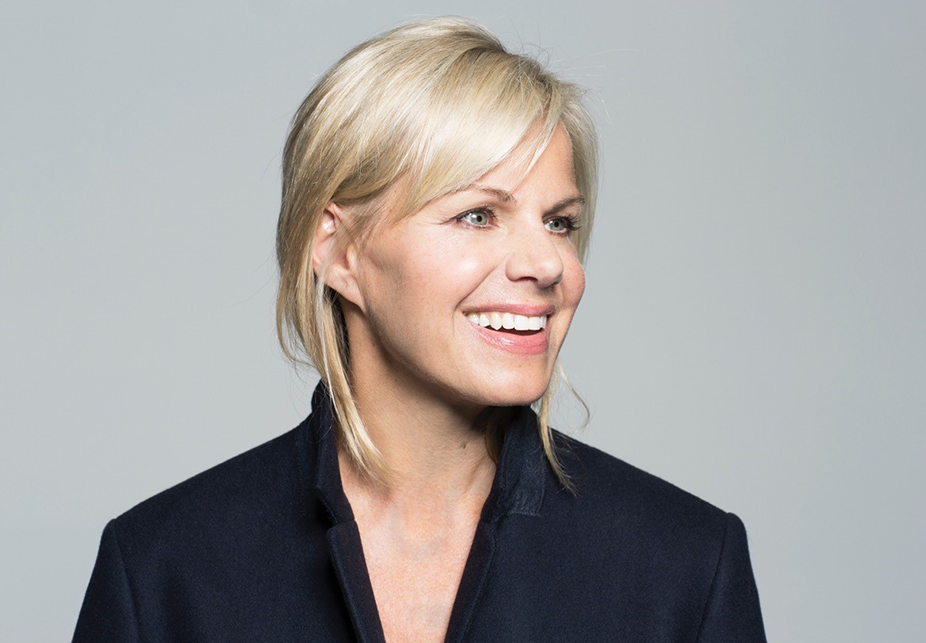
Gretchen Carlson Teams Up With Ex-Fox News Staff To Wage War On NDAs
December 12, 2019
Fox News, I want my voice back
December 16, 2019The Wall Street Journal by By Veronica Dagher- 7.December.2019: Technology is making spousal financial abuse easier, particularly among affluent Americans. Smartphones and tracking devices have given abusive partners more tools to surveil and control their spouses, according to advocates for victims. At the same time, though, technology is also helping victims discover hidden assets. Spousal financial abuse involves one partner attempting to control, manipulate or intimidate the other through money. In the past, abusers may have put a partner on a strict budget and kept bank accounts and assets from them. Now, they can also install keystroke-monitoring software on a victim’s laptop to see if a spouse is seeking help or opening their own accounts, says Ruthven Darlene, founder of WomenSV, a Los Altos, Calif., organization that provides support to and advocacy for survivors of financial abuse. Hidden cameras are another common tool used to monitor a spouse’s daily activities. GPS tracking devices also aid surveillance. For example, the husband of one member of Ms. Darlene’s group became enraged after discovering his wife was meeting with a lawyer. He learned this by tracking her vehicle, a Tesla, with an app from the car maker. Tesla Inc. didn’t respond to a request for comment.
Advocates say affluent women are at more risk than many people may think. They are less likely to report abuse to law enforcement if their family has social standing within the community. Often, they fear family expenses, such as a child’s tuition, won’t be paid. “If you’re living in a $5 million home, driving a luxury car and your kids are in private schools, many people will find it very difficult to believe that your spouse is financially abusive,” says Laurie Lile, who helps affluent survivors at the Shelter for Abused Women and Children in Naples, Fla. Domestic-violence counselors, along with cybersecurity and financial specialists who work with wealthy victims, have adapted to help victims escape. A first step is providing support to help victims feel less isolated. During weekly meetings of two groups Ms. Darlene runs, speakers may discuss concerns such as whether survivors should sell their homes or other assets, how they can rebuild credit ruined by a spouse and how to budget. Depending on the situation, she may also refer survivors to a private forensic investigator who can find hidden assets. Joe Seanor, a former Central Intelligence Agency analyst who is now an investigative and security consultant, says abusers today have a better grasp of technology than in years past. “Technology is being used as a quick and easy way for a husband to abuse a wife,” he says. Several of the abusers Mr. Seanor has investigated use cryptocurrency to hide assets from their wives. Their goal: to pay less alimony and child support following a divorce. Abusers may also use their company’s virtual private network to encrypt communications, which makes it more difficult to track online activity, he says. But technology also is enabling investigators. For example, Mr. Seanor recovered evidence of $1.3 million in hidden accounts from deleted information an abuser left on an old SD card. Forensic imaging of a female client’s iPad allowed him to see her husband had accessed a brokerage account she didn’t know existed from the tablet. Male spouses can also be abused, though it is less common. Eighty-five percent of domestic-violence victims, a category that includes financial abuse, are women, according to the Justice Department. There are some steps victims can take to plan their escape, said Ellen Lisak, senior program officer at the Allstate Foundation, an independent charitable organization funded by Allstate Corp. subsidiaries.
Through its Purple Purse initiative, the group offers resources to survivors of financial abuse. She said victims should try to save money, even if it is in small increments. One survivor Ms. Lisak worked with asked for $5 in cash back every time she went to the grocery store and bought something with a debit card. She would then store the cash in a tampon case and shoeboxes. By the time she escaped her relationship, she had saved several thousand dollars. “It gave her a start at financial independence again,” Ms. Lisak says. Small steps can be crucial. Women try to leave an abusive relationship about seven times before succeeding, according to Katie Ray-Jones, chief executive of the National Domestic Violence Hotline. A lack of financial resources is one of the most common reasons a person returns to an abusive relationship. That is also true for the affluent. Susan Weitzman, a psychotherapist and author of the book “Not to People Like Us: Hidden Abuse in Upscale Marriages,” holds weekend retreats twice a year for wealthy survivors and also offers two-day boot camps. Attendees often speak about coping with large legal fees and the stress of responding to an onslaught of “meritless pleadings and frivolous lawsuits,” Dr. Weitzman says. At a recent meeting, according to Dr. Weitzman, one survivor recounted how she went through an eight-year divorce and ran up more than $1 million in legal fees.
Write to Veronica Dagher at veronica.dagher@wsj.com




